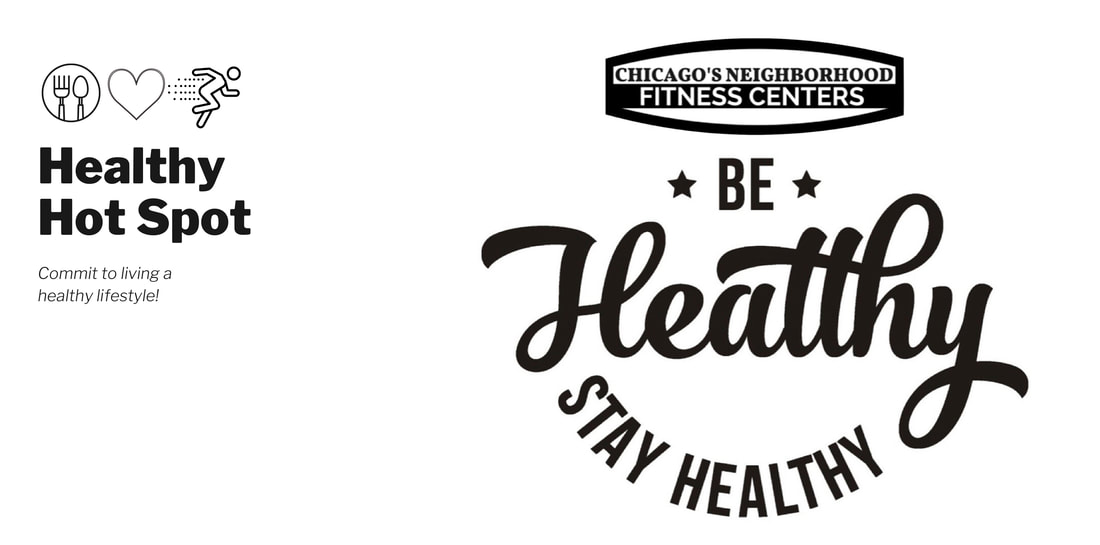|
Ravenswood Fitness Center
1958 W Montrose Ave Chicago IL 60613 773-784-0732 |
Edgewater Fitness Center
1106 W Bryn Mawr Ave Chicago IL 60660 773-728-2660 |
Lincoln Park Fitness Center
444 W Fullerton Pkwy Chicago IL 60614 773-281-8715 |
Member Access
4am - 11pm
7 Days/Week
Staffed Hours
Varies By Location
(Check Our Locations Page For Details)
All Locations Not Staffed
New Years Day, Easter Sunday, Memorial Day, 4th of July, Labor Day, Thanksgiving Day, Black Friday, Christmas Eve, Christmas Day, and New Years Eve
Account Access
4am - 11pm
7 Days/Week
Staffed Hours
Varies By Location
(Check Our Locations Page For Details)
All Locations Not Staffed
New Years Day, Easter Sunday, Memorial Day, 4th of July, Labor Day, Thanksgiving Day, Black Friday, Christmas Eve, Christmas Day, and New Years Eve
Account Access
Chicago’s Neighborhood Fitness Centers strives to be your lifelong partner in fitness and wellness by practicing the mantra “Be Healthy, Stay Healthy”.


 RSS Feed
RSS Feed